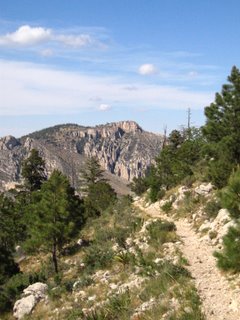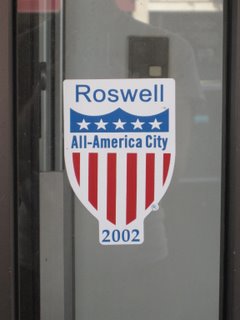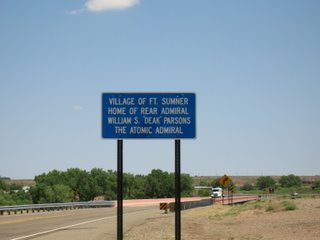Donald Judd, the New York sculptor, fell in love with Marfa, and it is his contributions that make the town more worth a stop than Carmel or Bisbee or any of a hundred other art towns. It's everything that New York is not: open, lonesome, starry. In summer a sea of yellow grass encircles the town. There's only one stop light, and the library is open Monday to Friday, 9 to 5. Nothing gets delivered on the weekends.
Judd also relocated his children, Flavin and Rainer, to Marfa. It'd difficult to parse this decision, to decide whether it was selfish. (Judd ex-wife, Julie Finch, remained in New York City.) There's nothing to do in Marfa. Pecos is 125 miles away; El Paso 200; San Antonio about 400. Moving the children away changes who they are, takes them from a wealth of influences to a place with very few.
For what it's worth, in a recent article in the New York Times, the Flavin Judd calls New York their childhood home, and both Judd children are on the Board of Directors of the Judd Foundation.

Judd's house in Marfa still contains all of his books, even 12 years after his death. Among these is the full collection of the Loeb Classical Library, hundreds of volumes of Greek and Latin texts, which Judd purchased, the guide reports, off a television commercial. Judd knew no Greek or Latin—no foreign languages of any kind, in fact. He liked the way the books looked.
On the door of Flavin's room, there's a decal for the Marfa High School Shorthorns foorball team. It seems incongruous that a son of Donald Judd would play such an dirty and plebian sport. It seems the type of thing that Judd as a father would discourage.
From the son's perspective, however, it makes perfect sense. It's social, something to be proud of (the pizza parlor keeps yearly photos of the team on the wall), a way to make a life in Marfa.

































